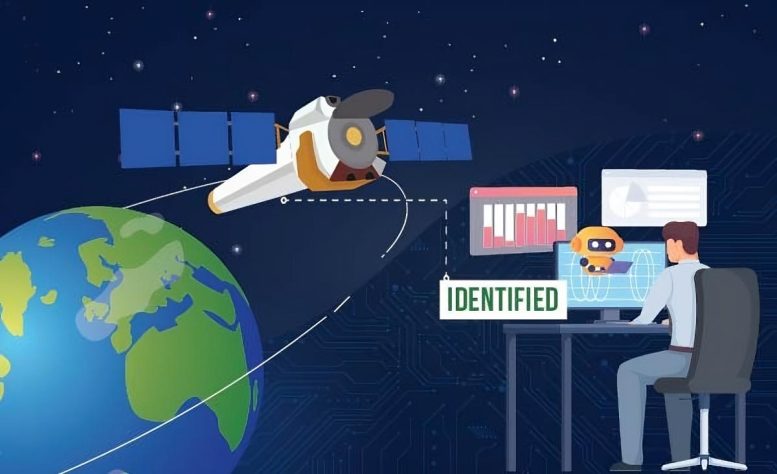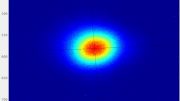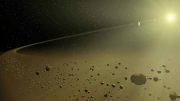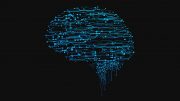
Application of machine learning techniques to large astronomy data sets can discover thousands of cosmic objects of various classes. Credit: Shivam Kumaran
A team of scientists from the Tata Institute of Fundamental Research in Mumbai and the Indian Institute of Space Science and Technology in Thiruvananthapuram, consisting of Prof. Sudip Bhattacharyya and Mr. Shivam Kumaran, along with Prof. Samir Mandal and Prof. Deepak Mishra, have utilized machine learning techniques to identify the nature of thousands of new celestial objects in X-ray wavelengths. Machine learning is a branch of artificial intelligence.
Astronomy is undergoing a transformation as vast amounts of astronomical data from millions of celestial objects become readily accessible. This is due to large-scale surveys and meticulous observations utilizing top-notch astronomical observatories, combined with a policy of open data availability.
Needless to say that these data have great potential for many discoveries and a new understanding of the universe. However, it is not practical to explore the data from all these objects manually, and automated machine learning techniques are essential to extract information from these data. But the application of such techniques to astronomical data is still very limited and in the preliminary stage.
In this background, the TIFR-IIST team applied machine learning techniques to hundreds of thousands of cosmic objects observed in X-rays with USA’s Chandra space observatory. This demonstrated how a new and topical technological progress could help and revolutionize basic and fundamental scientific research. The team applied these techniques to about 277000 X-ray objects, the nature of most of which were unknown.
A classification of the nature of unknown objects is equivalent to the discovery of objects of specific classes. Thus, this research led to a reliable discovery of many thousands of cosmic objects of classes, such as black holes, neutron stars, white dwarfs, stars, etc., which opened up an enormous opportunity for the astronomy community for further detailed studies of many interesting new objects.
This collaborative research has also been important to establish a state-of-the-art capacity to apply new machine-learning techniques to fundamental research in astronomy, which will be crucial to scientifically utilize the data from current and upcoming observatories.
Reference: “Automated classification of Chandra X-ray point sources using machine learning methods” by Shivam Kumaran, Samir Mandal, Sudip Bhattacharyya and Deepak Mishra, 9 February 2023, Monthly Notices of the Royal Astronomical Society.
DOI: 10.1093/mnras/stad414









Be the first to comment on "Scientists Identify Thousands of New Cosmic Objects Using Machine Learning"